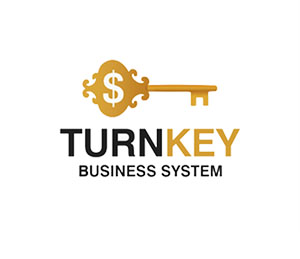The Future of Financial Data Providers: Trends and Forecasts

The Future of Financial Data Providers: Trends and Forecasts
More and more brokers and fintech companies are moving from traditional providers to integrated solutions with AI, APIs, and real-time feeds to ensure instant response from trading systems.
The Data Age that Drives the Market
The financial world has long operated under a paradigm where speed and data quality determine results. Providers of quotes, market analytics, and macroeconomic information have become more than just suppliers, but the market's infrastructure core. Today, with algorithmic trading and artificial intelligence, their role is growing exponentially.
The Future of Financial Data Providers: Trends and Forecasts
Trend 1. Artificial intelligence as a filter and forecaster
AI is no longer just a buzzword. It's becoming an integral part of financial data infrastructure.Modern providers are integrating machine learning models to:
volatility forecasting;
filtering non-market spikes;
personalization of analytics for a specific broker or client.
For example, Refinitiv and Bloomberg are already testing systems for automatically verifying data sources, eliminating fake signals coming from alternative APIs.
Trend 2. Cloud architecture and API unification
The transition to cloud infrastructure is one of the most powerful shifts. Providers are increasingly offering brokers DaaS (Data-as-a-Service), which allows them to connect to quote and news feeds through universal APIs.These include:
reduces the load on local servers;
provides scalability;
simplifies integration with MetaTrader, cTrader, DXtrade and internal CRM systems.
Among the leaders are AWS Data Exchange and Google Cloud Data, whose services allow brokers to store, filter, and use data with minimal latency.
Trend 3. Security and verification of sources
As data volumes grow, the risk of manipulation and leaks increases. Providers are moving to multi-layered authentication protocols:digital signatures of quotations;
Blockchain logs for transparency;
Distributed data centers for DDoS protection.
These measures are becoming standard, especially for companies working with institutional clients.
Trend 4. Localization and GEO-personalization
The GEO aspect is becoming crucial. For example, Asian and Middle Eastern brokers require data from local exchanges and banks to meet regional requirements.Providers such as ICE Data Services and B2Broker are developing regional data hubs, which reduces latency and improves the reliability of local quotes.
Forecast: Data as an ecosystem
In 3-5 years, providers will transform from services into ecosystems where data is not just a stream, but a platform for:analysts;
modeling market scenarios;
integration with DeFi and Web3 applications.
The future of financial data is a symbiosis of AI, cloud, and open APIs, where value is created not through exclusive access, but through speed, transparency, and intelligent analysis.
Financial data is becoming the new fuel of the digital economy. The winners will be those providers who can transform the flow of quotes into a flow of meaning—fast, secure, and predictable.
By Claire Whitmore
October 28, 2025
Join us. Our Telegram: @forexturnkey
All to the point, no ads. A channel that doesn't tire you out, but pumps you up.
October 28, 2025
Join us. Our Telegram: @forexturnkey
All to the point, no ads. A channel that doesn't tire you out, but pumps you up.









Report
My comments